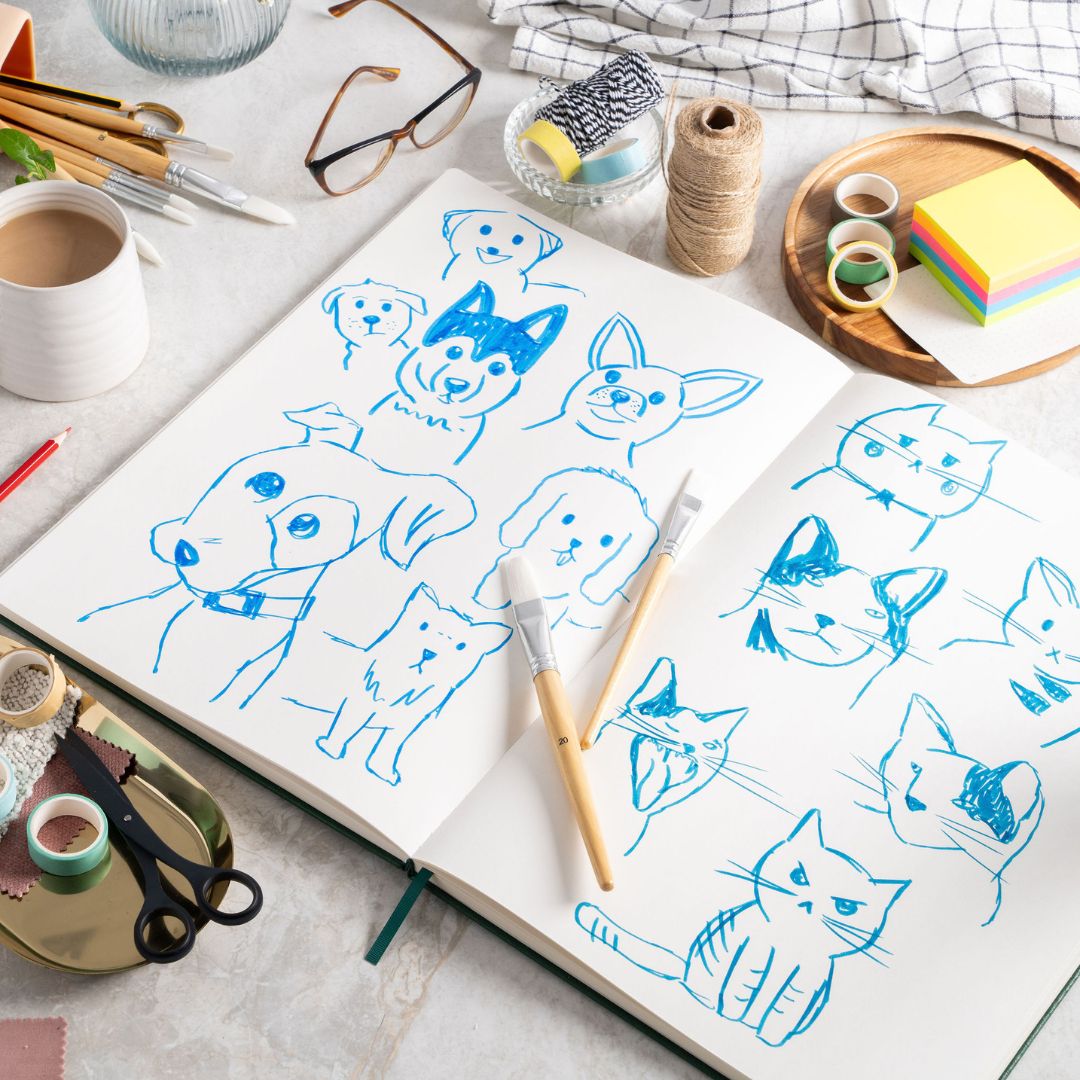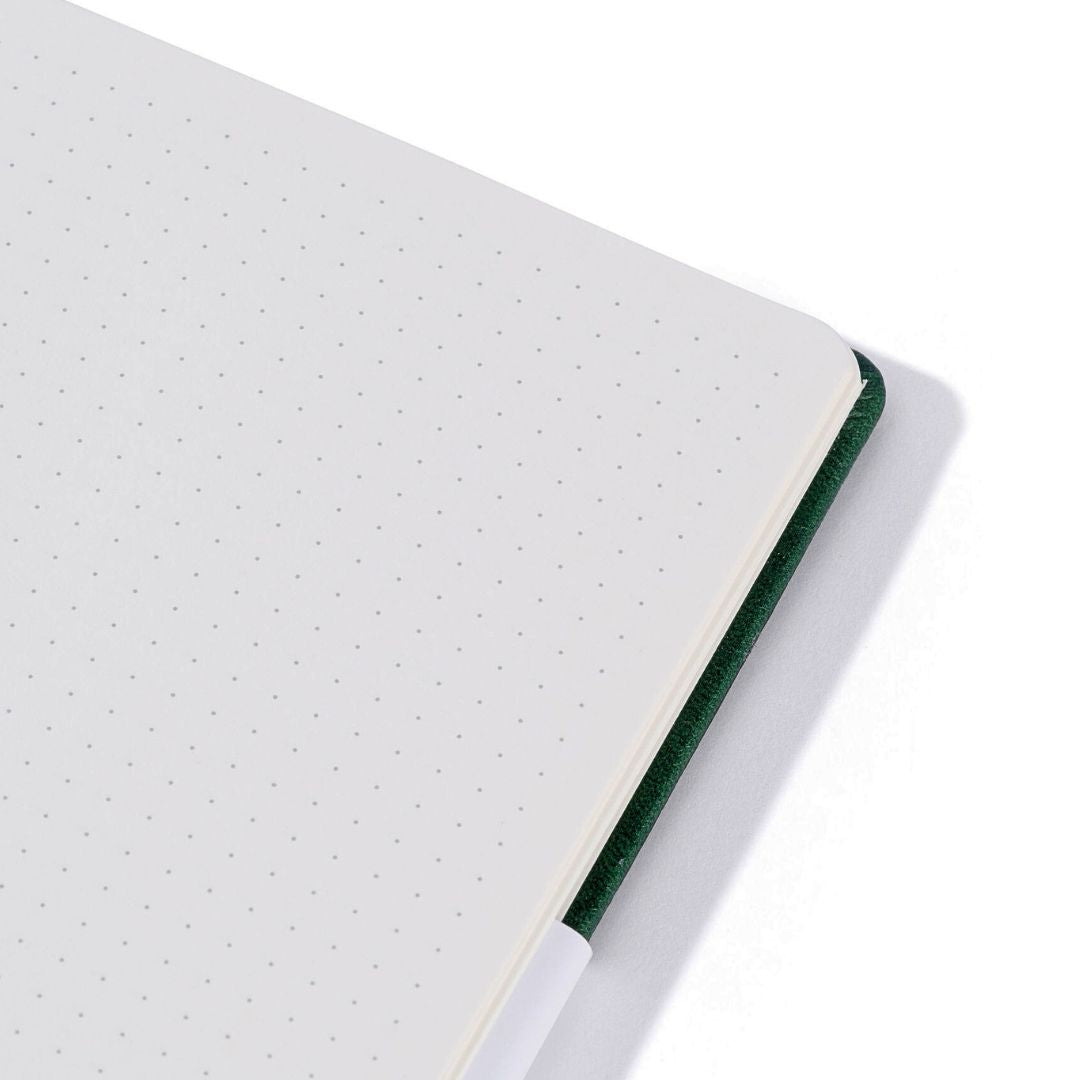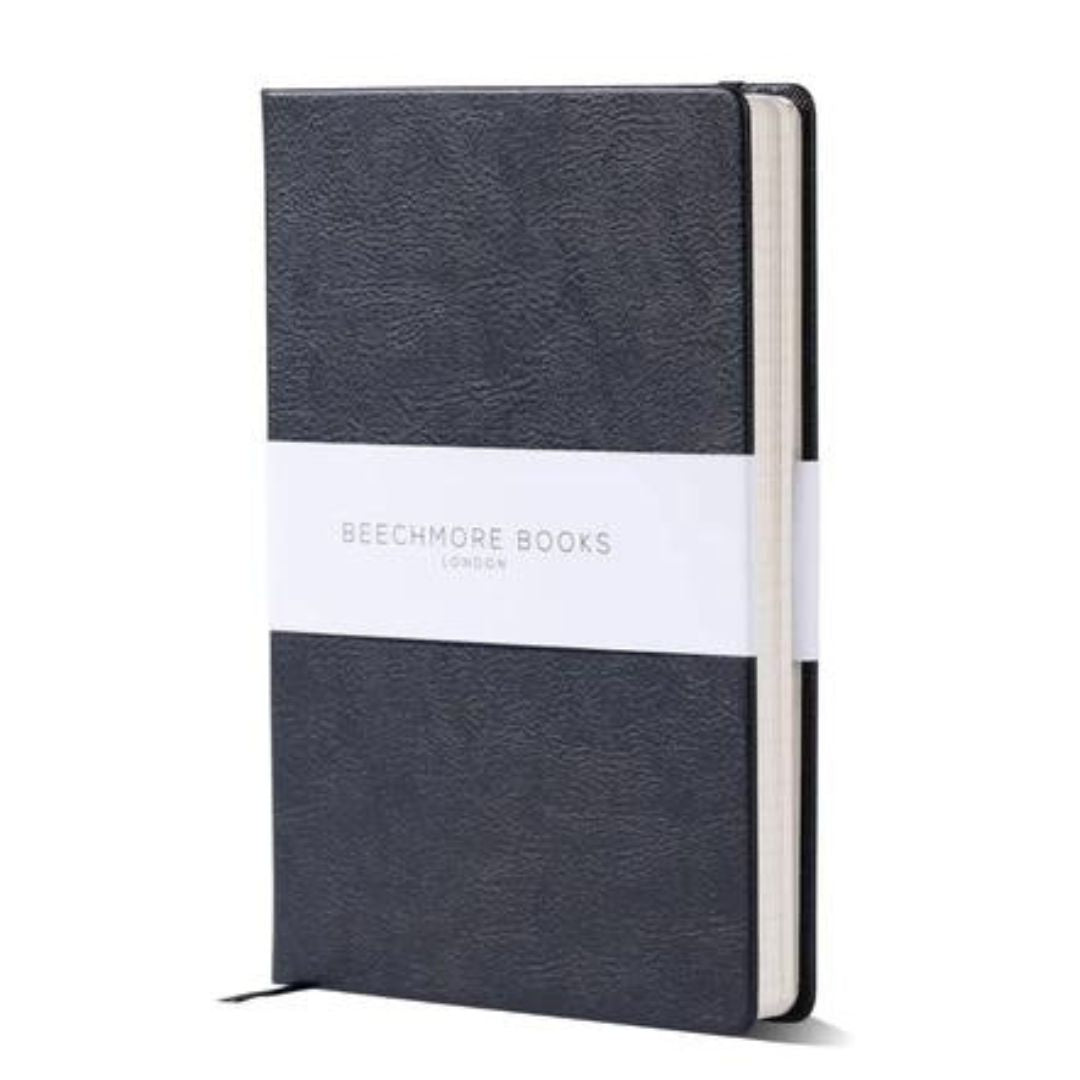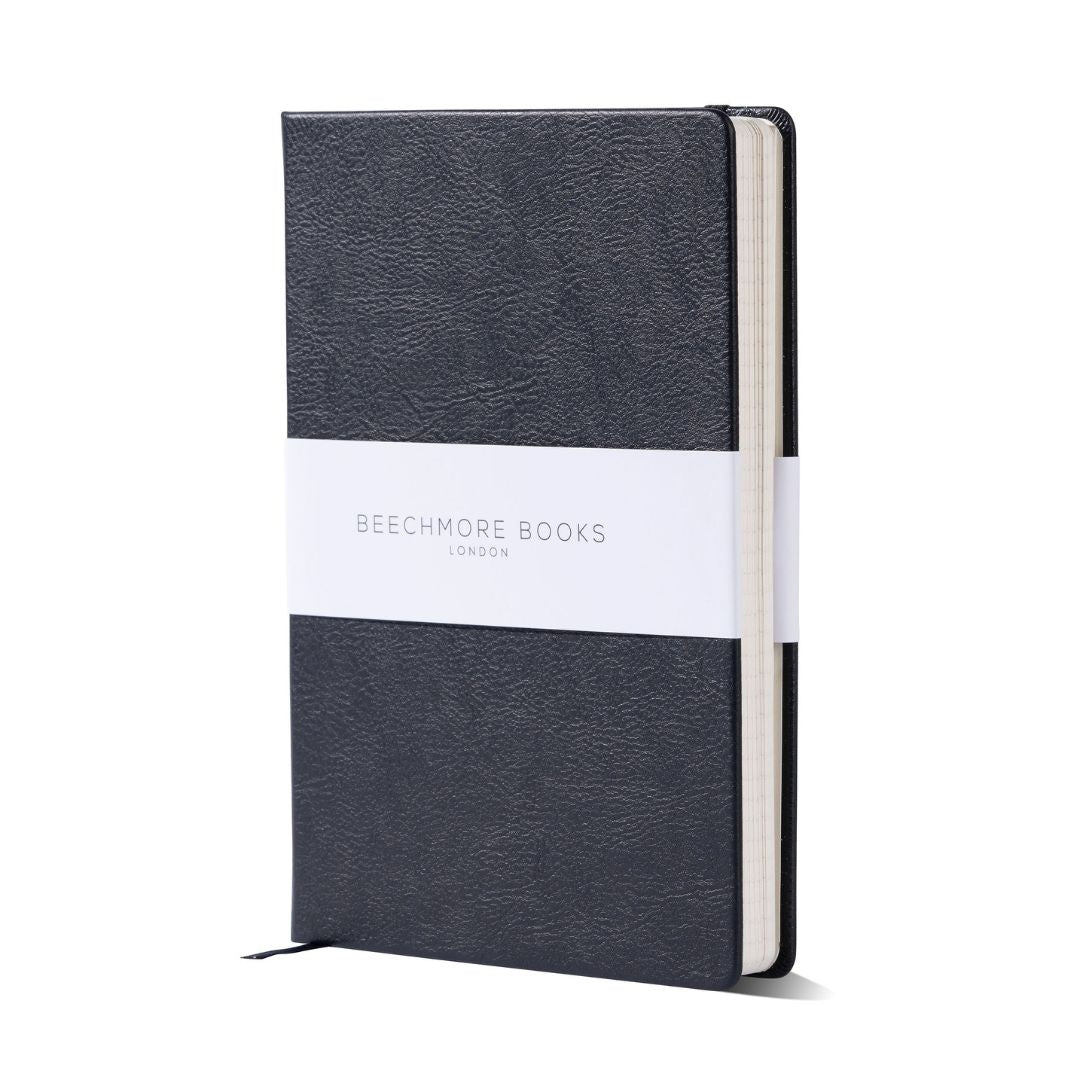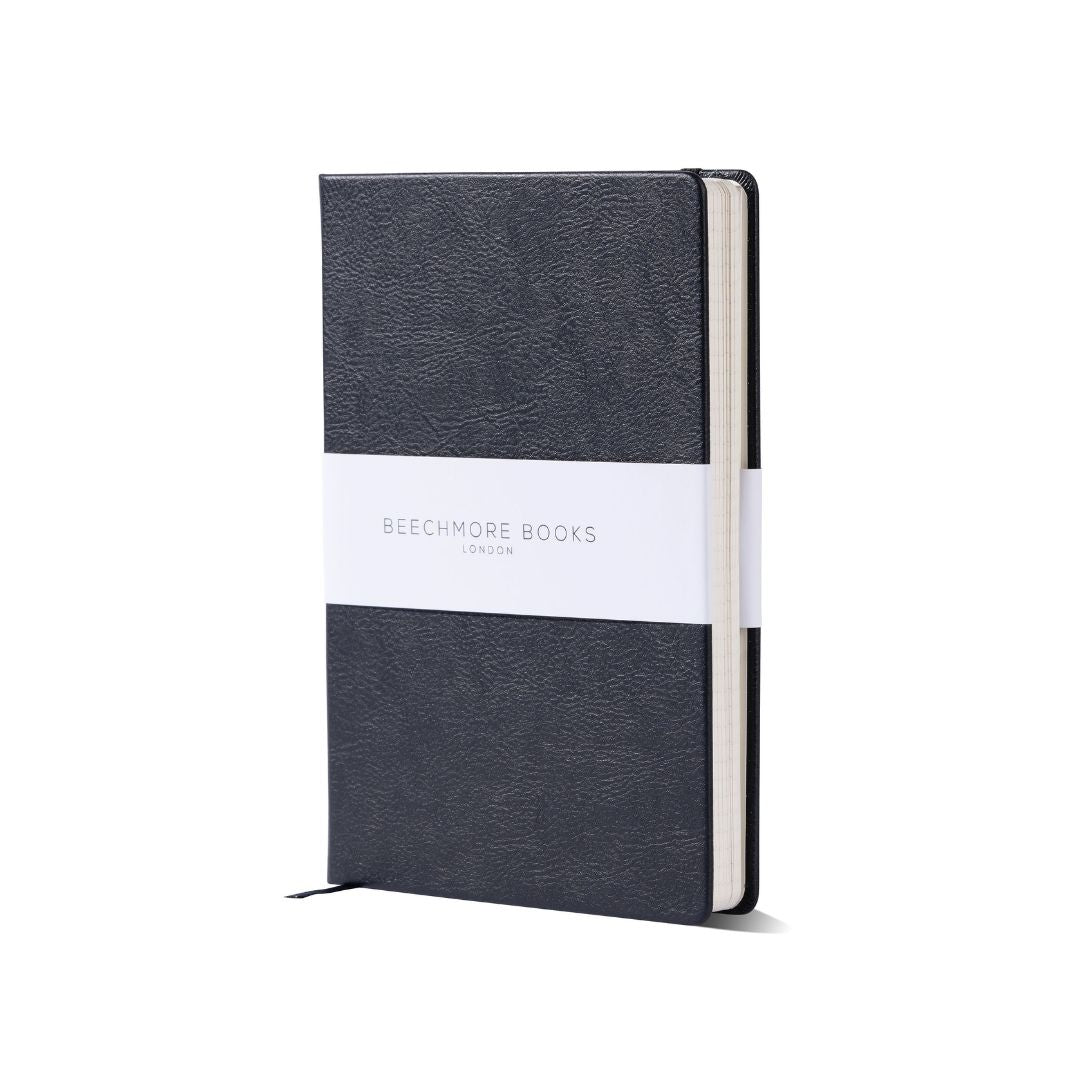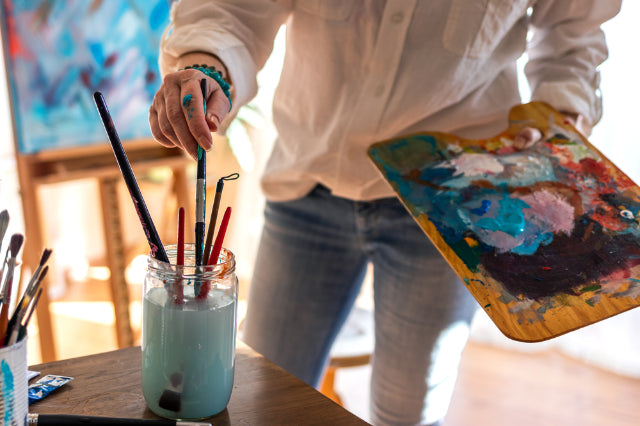Drawing is a fundamental skill that has been around since the dawn of human civilization. From ancient cave paintings to modern digital illustrations, drawing has served as a means of communication, expression, and documentation. But what exactly are the two primary functions of drawing in the world of art?
As an artist and art historian, I've spent countless hours studying and practicing the craft of drawing. And I can tell you with certainty that drawing serves two essential purposes: artistic expression and documentation. These functions have remained constant throughout history, from the sketches of Leonardo da Vinci to the political cartoons of today.
Table of Contents:
- The Two Primary Functions of Drawing in Art
- Drawing as a Means of Artistic Expression
- The Role of Drawing in Documentation and Recording
- Drawing Techniques and Materials Used Throughout History
- Famous Artists and Their Contributions to Drawing
- The Importance of Drawing in Art Education
- Drawing as a Foundation for Other Art Forms
- Conclusion
The Two Primary Functions of Drawing in Art
Drawing is one of the most fundamental forms of visual art. It's a powerful tool for creative expression and communication. But what are the two primary functions for drawing? Let's explore them together.
Artistic Expression and Communication
Drawing is a deeply personal way to express your unique perspective. It's a form of visual storytelling. Through drawing, you can convey complex emotions and ideas that words alone can't capture. A single sketch can speak volumes.
Drawing is also a universal language. It transcends cultural and linguistic barriers. A drawing can be understood and appreciated by people from all walks of life. That's why drawing has been a cornerstone of art education for centuries. It's a gateway to the wider world of visual arts.
Drawing as a Means of Artistic Expression
When you put pencil to paper, you're not just making marks. You're pouring your heart and soul onto the page. Drawing is a way to explore your innermost thoughts and feelings. It's a form of self-expression that knows no bounds.
Conveying Emotions and Ideas
A skilled artist can convey a whole range of emotions through their drawings, from joy and wonder to sorrow and despair. They can also communicate complex ideas and concepts. A single drawing can be a powerful statement on social issues or the human condition. The beauty of drawing is that it's open to interpretation. Each viewer brings their own unique point of view to the artwork.
Developing Personal Style
As an artist, your drawing style is like your fingerprint. It's what sets you apart from everyone else. Developing your personal style takes time and practice. It's a journey of self-discovery and experimentation. You might start by emulating the styles of artists you admire, but eventually, you'll find your own unique voice. Your style might be bold and graphic, or soft and ethereal. It might be highly detailed or minimalist and abstract. The key is to stay true to yourself and let your personality shine through in your artwork.
Exploring Various Mediums
Drawing isn't limited to just pencil and paper. There's a whole world of artistic media to explore. You can create drawings with charcoal sticks, pastels, ink, or even digital tools. Each medium has its own unique properties and effects. Experimenting with different mediums can help you find the one that best suits your style and artistic vision. It can also push you out of your comfort zone and spark new ideas.
The Role of Drawing in Documentation and Recording
Drawing isn't just about personal expression. It also serves a vital role in documenting and recording the world around us. Throughout history, drawing has been used to capture everything from everyday life to momentous events. It's a way to preserve our cultural heritage for future generations.
Historical and Cultural Significance
Some of the earliest examples of drawing can be found in cave paintings dating back thousands of years. These ancient drawings provide a glimpse into the lives and beliefs of our ancestors. During the Middle Ages, illuminated manuscripts featured intricate drawings and illustrations. These works of art documented religious texts and historical events. In more recent times, artists like Francisco Goya used drawing to chronicle the horrors of war. His powerful sketches and etchings are a testament to the enduring impact of visual art.
Scientific Illustrations
Drawing isn't just for artists. It's also an essential tool for scientists and researchers. Scientific illustrations are highly detailed drawings that accurately depict plants, animals, and other natural phenomena. These drawings are used in textbooks, field guides, and research papers. Before the advent of photography, scientific illustrations were the only way to visually document new species and discoveries. Artists like John James Audubon and Maria Sibylla Merian created stunning illustrations that are still admired today. Even in the digital age, scientific illustration remains a vital skill. It allows researchers to highlight key features and details that might be missed in a photograph.
Architectural Drafting
Drawing is also fundamental to the field of architecture. Architects use technical drawings to plan and design buildings and structures. These drawings, known as blueprints or plans, provide a detailed visual representation of the finished product. They include precise measurements, materials, and construction details. Architectural drafting has evolved over time, from hand-drawn plans to computer-aided design (CAD) software. But the basic principles of using drawing to communicate design ideas remain the same.
Drawing Techniques and Materials Used Throughout History
Throughout history, artists have used a wide range of drawing techniques and materials to create their works. Each tool and medium has its own unique properties and effects.
Traditional Drawing Tools
Some of the most traditional drawing tools include pencils, charcoal sticks, and ink. These materials have been used by artists for centuries. Pencils come in a range of hardnesses, from soft and smudgy to hard and precise. They're versatile tools that can be used for sketching, shading, and detailed work. Charcoal is a more expressive medium, perfect for bold lines and dramatic shading. It can be messy and unpredictable, but that's part of its charm. Ink is another classic drawing medium, often used in conjunction with pens or brushes. It can create crisp, clean lines or soft, flowing washes.
Evolution of Drawing Materials
As technology has advanced, so too have the materials available to artists. In the 20th century, new types of paper and synthetic coloring agents expanded the possibilities for drawing. Colored pencils, pastels, and markers offered a wider range of hues and effects. These artistic media allowed artists to create drawings that were more vibrant and expressive than ever before. The development of fixatives also allowed artists to preserve their drawings and prevent smudging or fading over time. This was a game-changer for artists who wanted to create lasting works of art.
Digital Drawing Techniques
In the digital age, drawing has taken on a whole new dimension. Digital drawing tools like graphics tablets and stylus pens allow artists to create artwork directly on a computer. Software programs like Adobe Photoshop and Illustrator provide a vast array of brushes, textures, and effects. These tools can be used to mimic traditional drawing techniques or create entirely new styles. Digital drawing has opened up new possibilities for artists, including the ability to easily edit, duplicate, and share their work. It's also made drawing more accessible to a wider audience, as anyone with a computer can try their hand at digital art. But even with all these technological advances, the fundamental skills of drawing remain the same. The ability to observe, interpret, and communicate through visual means will always be at the heart of this timeless art form.
Drawing is both a personal expression and a tool for documentation. It lets artists convey emotions, develop unique styles, and explore various mediums. Historically, drawing has preserved cultural heritage and served scientific illustration and architectural drafting needs.
Famous Artists and Their Contributions to Drawing
Throughout history, countless artists have left their mark on the world of drawing. From the Renaissance masters to the groundbreaking modernists, each has contributed to the evolution of this fundamental art form.
Leonardo da Vinci's Sketches
Leonardo da Vinci, the quintessential Renaissance man, is renowned for his incredible drawings and sketches. His sketchbooks are a testament to his insatiable curiosity and keen observational skills.
Da Vinci's drawings showcase his mastery of line, shading, and perspective. His iconic "Vitruvian Man" embodies the perfect proportions and has become a symbol of the Renaissance ideal.
Rembrandt's Etchings
Rembrandt van Rijn, the Dutch Baroque master, is celebrated for his etchings as much as his paintings. His etchings demonstrate his exceptional ability to manipulate light and shadow.
Rembrandt's portraits and self-portraits, executed with fine lines and delicate cross-hatching, reveal a profound understanding of human emotion and character. His etchings have been widely studied and admired for their technical brilliance and emotional depth.
Picasso's Line Drawings
Pablo Picasso, a pioneering figure in modern art, is known for his revolutionary approach to drawing. His line drawings are characterized by their simplicity and expressive power.
Picasso often employed a continuous line technique, where a single unbroken line defines the contours of a figure or object. His famous "Don Quixote" series showcases his ability to capture the essence of a subject with minimal means.
The Importance of Drawing in Art Education
Drawing is a cornerstone of art education, and for good reason. It helps students develop crucial skills and fosters creativity. Let's explore why drawing is so vital in teaching art, especially from a young age and in high school.
Developing Observational Skills
One of the primary functions of drawing in art education is to develop observational skills. When students learn to observe and accurately represent the world around them, they gain a deeper understanding of form, proportion, and perspective.
Drawing exercises like still life studies and figure drawing encourage students to look closely and translate what they see onto paper. These observational skills are essential not only for creating realistic drawings but also for developing a keen eye for detail in all aspects of art.
Enhancing Hand-Eye Coordination
Drawing is an excellent way to improve hand-eye coordination. As students practice, they learn to control their hand movements and create precise lines and shapes.
To excel at painting or sculpting, precise tool use is key, a skill honed through strong hand-eye control. Meanwhile, picking up sketching not only fosters better artistry but also fine-tunes the little movimentint Nordic\NetDoctor Tabs.
Fostering Creativity
Drawing is a powerful tool for fostering creativity in students of all ages. By encouraging experimentation and personal expression through drawing, art educators can help students develop their own unique artistic voice.
Drawing activities that emphasize imagination and storytelling, such as creating comic strips or illustrating a narrative, allow students to explore their creative potential. As students become more confident in their drawing abilities, they are more likely to take creative risks and push the boundaries of their artistic expression.
Drawing as a Foundation for Other Art Forms
Drawing lays the foundation for all kinds of art, including painting, sculpture, and even filmmaking. It acts as a crucial first step in creating anything creative or visually powerful.
Sketching for Paintings
Drawing is an essential part of the painting process. It allows artists to plan out their compositions, test color schemes, and refine their ideas before committing them to canvas.
By creating preliminary sketches, artists can experiment with different layouts, perspectives, and proportions until they arrive at a composition that works. These sketches also serve as a reference for the artist as they begin to apply paint to the canvas, bringing their vision one step closer to a finished painting.
Drawing for Sculpture
Drawing is also an important tool for sculptors. It allows them to explore three-dimensional forms on a two-dimensional plane.
Sculptors often create detailed drawings of their intended sculptures, considering factors such as scale, proportion, and balance. These drawings help sculptors visualize the final work from multiple angles and make necessary adjustments before beginning the actual sculpting process, ensuring that the finished sculpture aligns with their artistic vision.
Storyboarding for Films
In the film industry, drawing plays a vital role in the pre-production process through the creation of storyboards. Storyboards are a series of drawings that visually represent the key scenes and shots of a film.
Storyboard artists use their drawing skills to translate the script into a visual narrative, considering factors such as camera angles, lighting, and character placement. These drawings help the film crew visualize the final product and make necessary adjustments before filming begins, saving time and resources in the long run. Storyboarding is a prime example of how drawing serves as a foundation for other art forms, such as performance art and filmmaking.
Throughout history, artists like Leonardo da Vinci, Rembrandt, and Picasso have shaped drawing. Da Vinci's sketches highlight observation skills; Rembrandt's etchings reveal human emotion through light manipulation; Picasso's line drawings capture essence with minimal means. Drawing is key in art education for developing observational skills, hand-eye coordination, and fostering creativity.
Conclusion
Drawing is a versatile and powerful tool that has stood the test of time. Its two primary functions, artistic expression and documentation, have played a crucial role in shaping our understanding of the world and preserving our cultural heritage.
Whether you're an aspiring artist or simply appreciate the beauty of a well-executed drawing, it's important to recognize the significance of these two functions. They remind us that drawing is not just a hobby or a skill, but a means of connecting with others, expressing our innermost thoughts and feelings, and leaving a lasting impact on the world.
So the next time you pick up a pencil or stylus, remember the rich history and purpose behind this timeless art form. Embrace the power of drawing as a tool for self-expression and documentation, and let your creativity flow freely onto the page.

